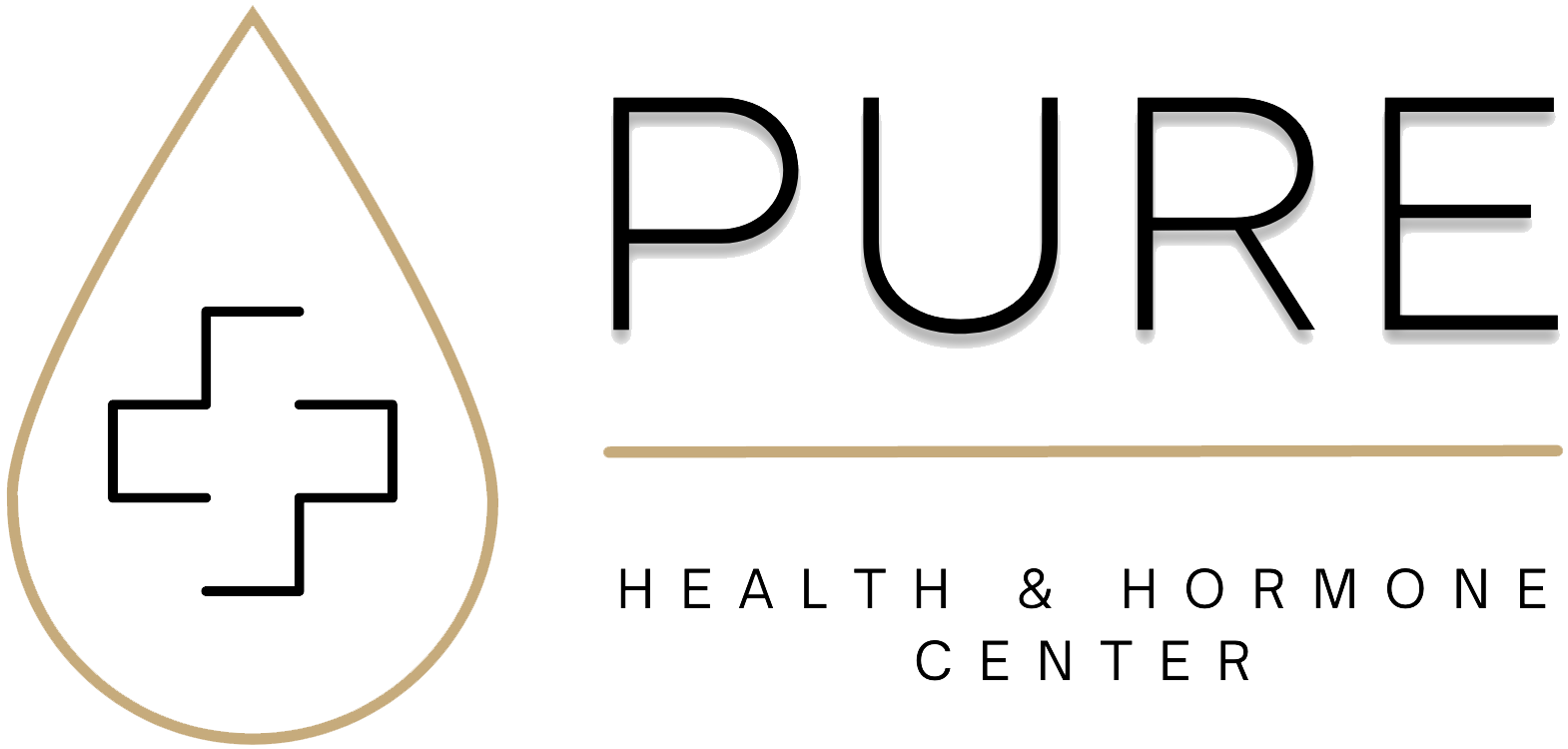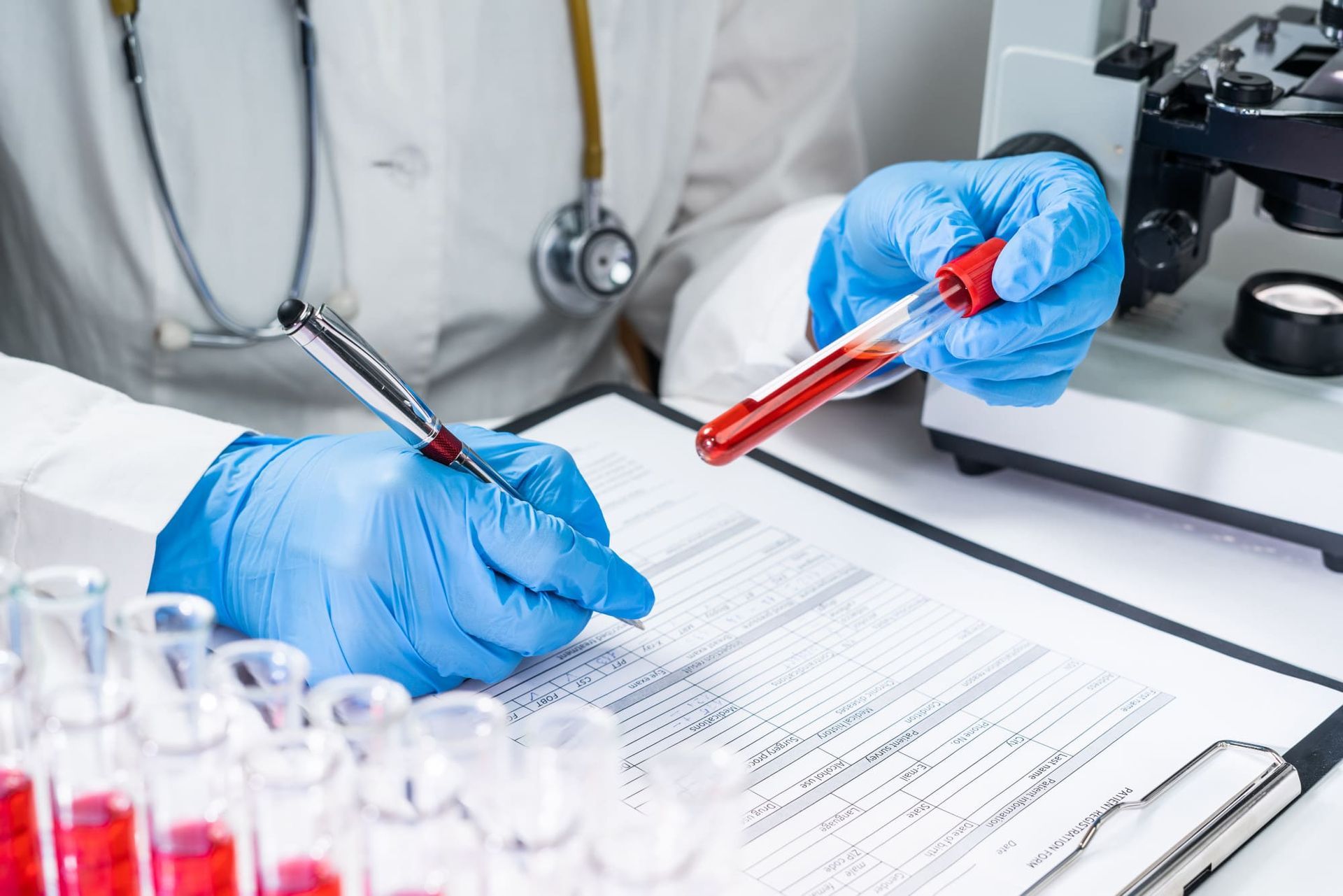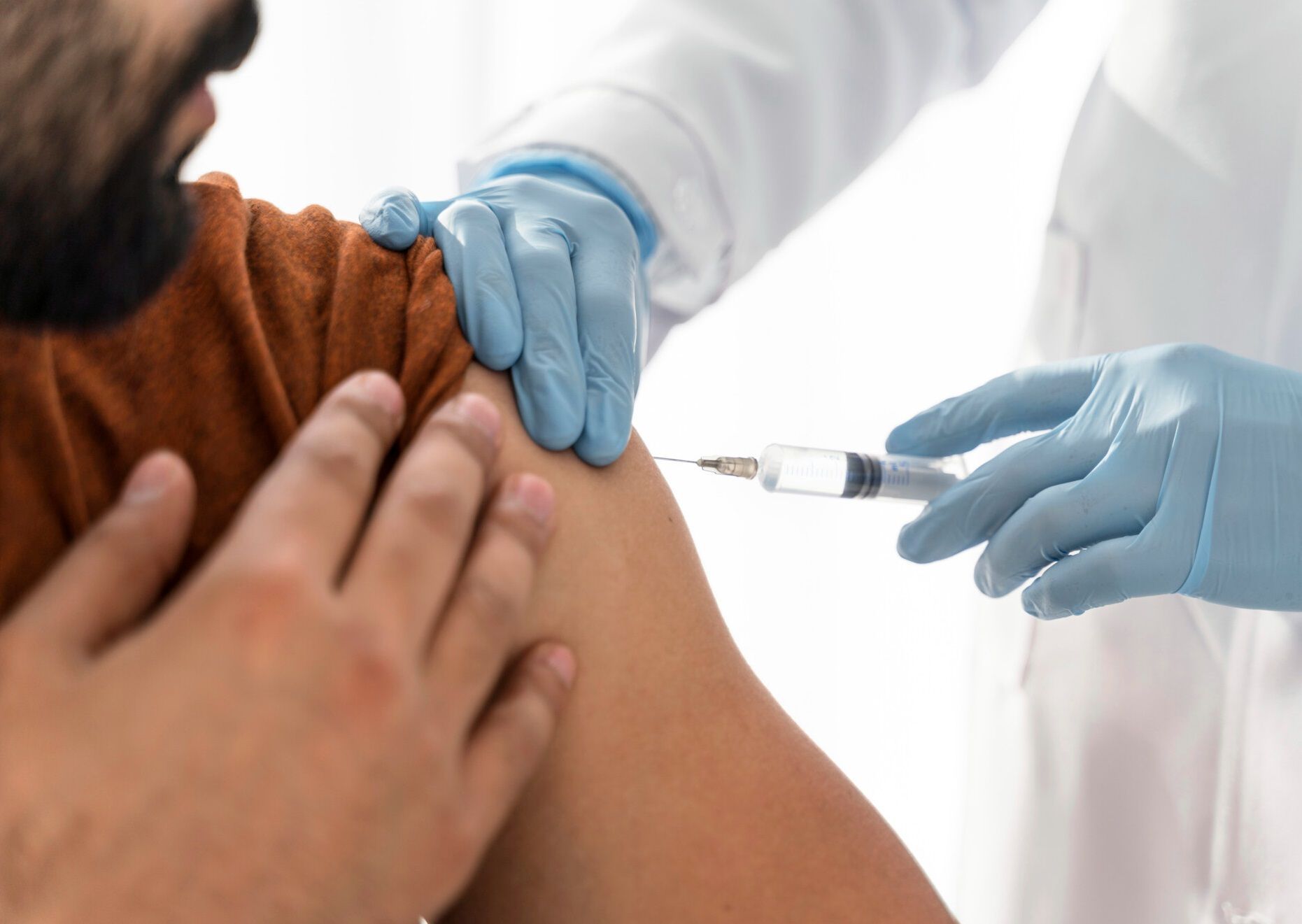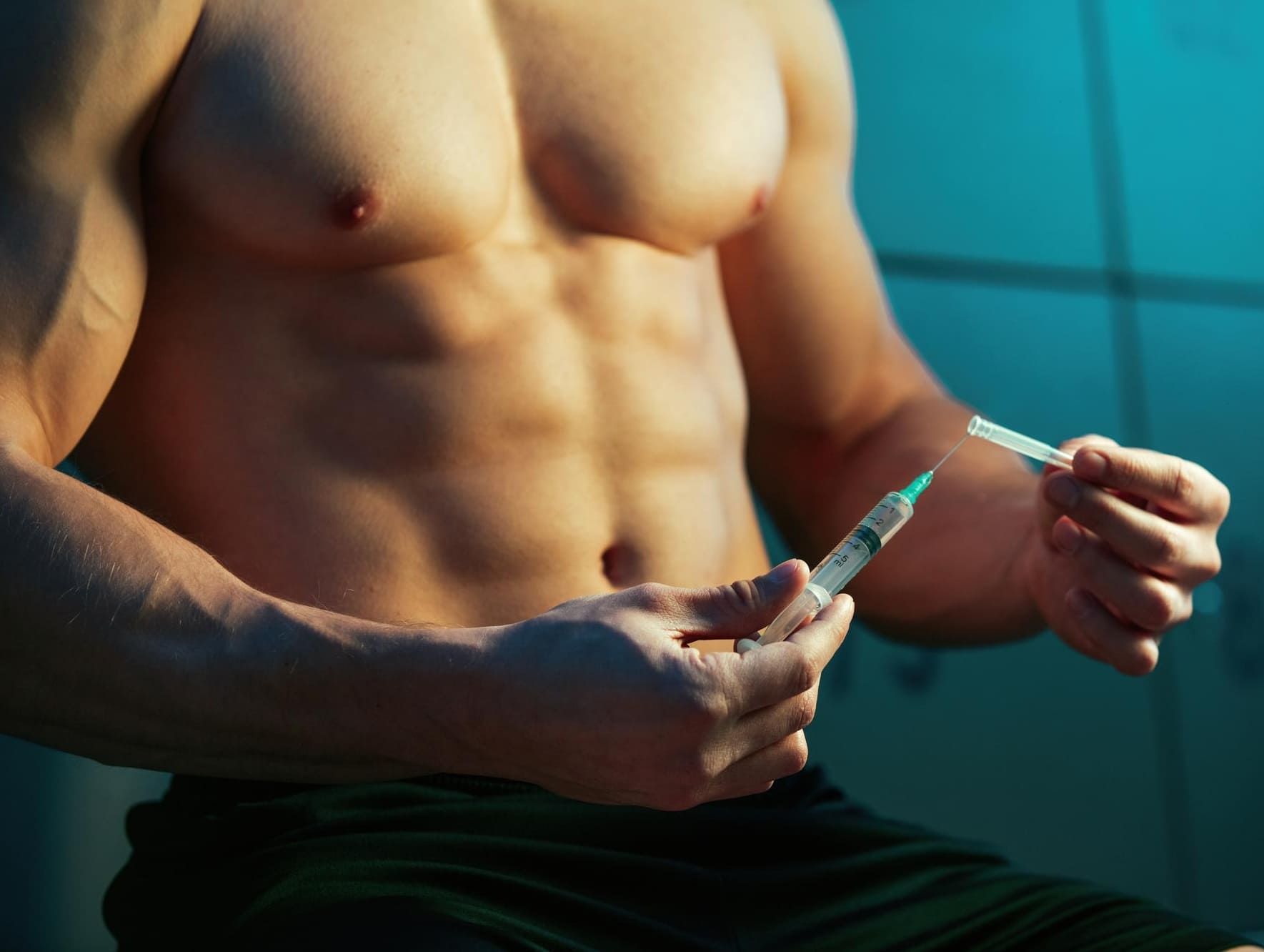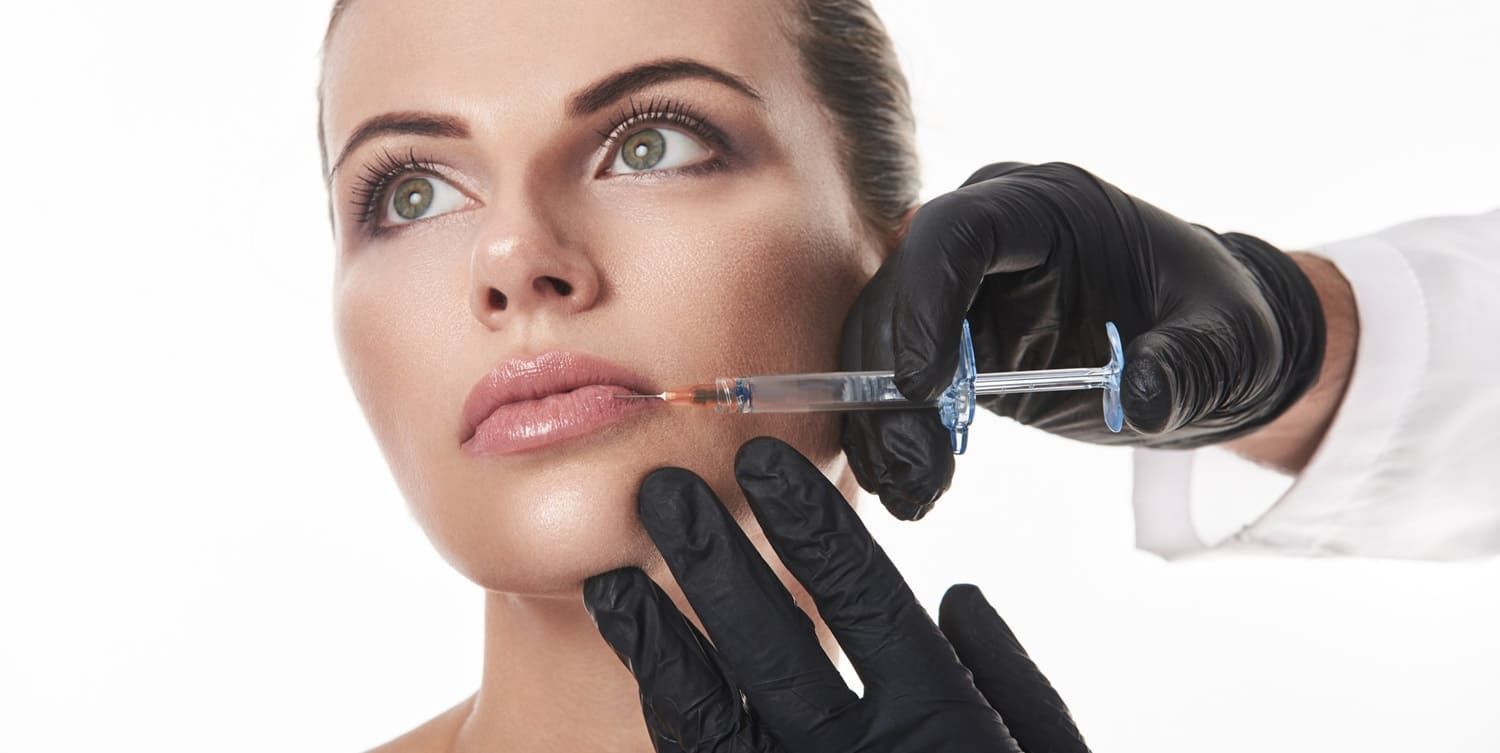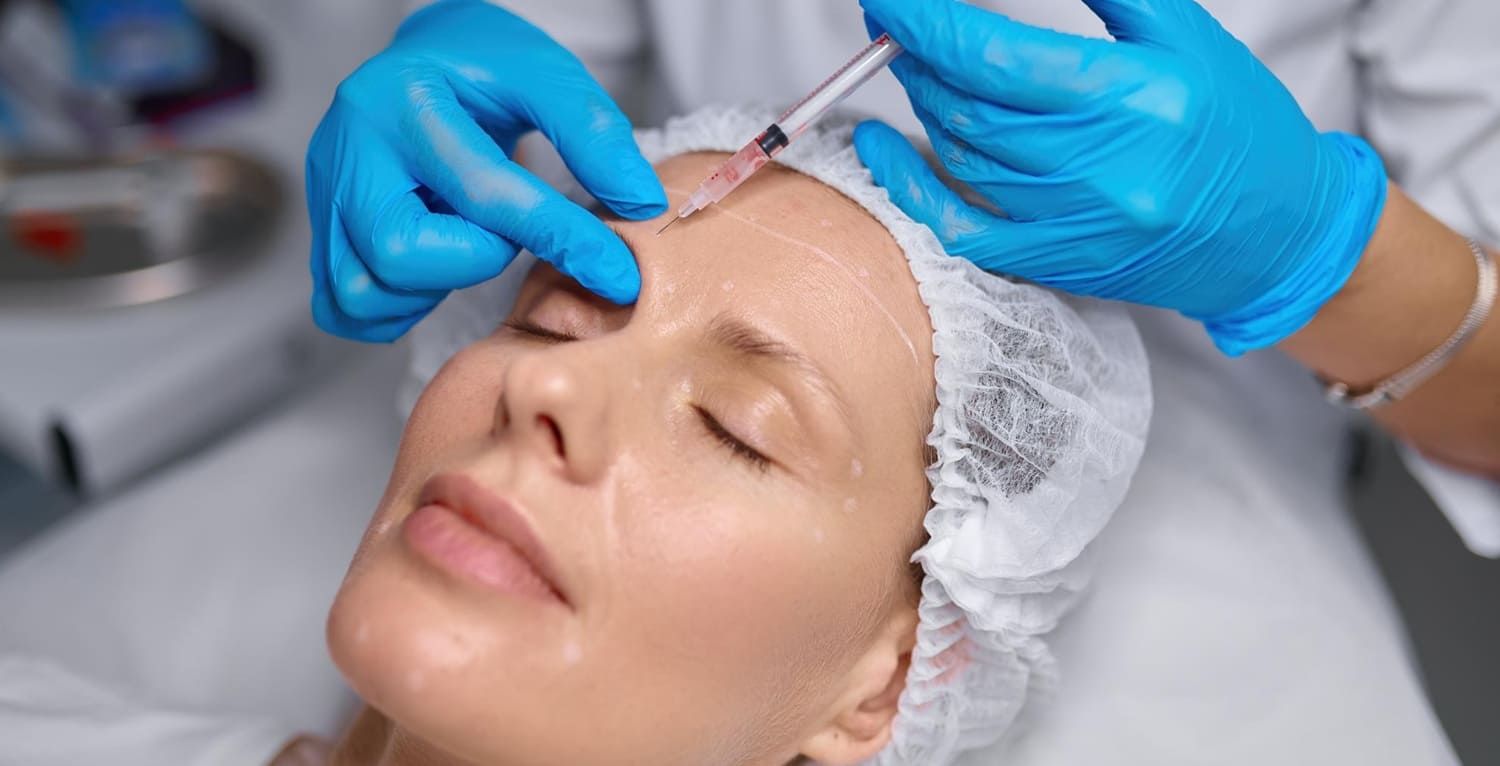Before and After Testosterone Therapy: Things You Should Know
How much do you know about before and after testosterone therapy? Learn about the process of undergoing bloodwork and the risks and benefits involved.
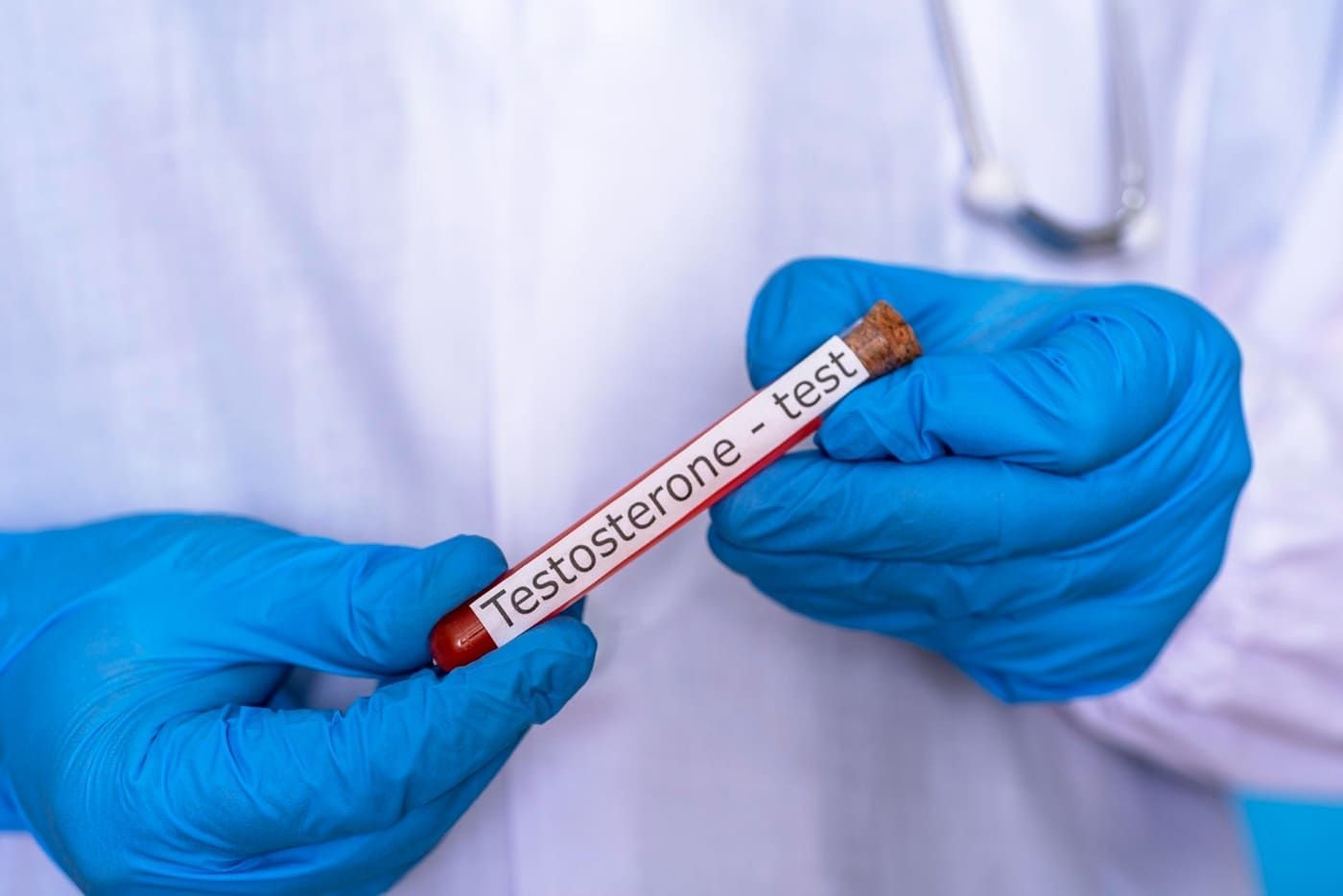
If your testosterone levels are making you feel less than your best, getting testosterone therapy can make all the difference. Understanding what to expect before and after testosterone therapy is a journey worth exploring. If you're having issues with your body, it's time to arm yourself with knowledge and uncover the benefits of hormone replacement therapy.
In the content below, we'll go into details about this subject, and let you in on what you should expect from undergoing testosterone treatment. You can't afford to remain uninformed. So, indulge your curiosity and learn how you can improve your hormone levels!
What Is Testosterone Therapy?
Testosterone therapy, also known as testosterone replacement therapy (TRT), is a medical treatment designed to address abnormally low testosterone levels in men. It involves supplementing the body with exogenous testosterone to restore hormone balance and alleviate symptoms associated with low testosterone.
Symptoms of Low Testosterone
Low testosterone levels can manifest in various ways, impacting your physical and mental well-being. Some common symptoms include:
- Fatigue and low energy levels
- Decreased sex drive and poor sexual performance
- Mood swings, irritability, and depression
- Loss of muscle mass and strength
- Increased body fat, especially around the abdomen
- Difficulty concentrating and memory problems
If you're experiencing any of these symptoms, it's important to consult with a healthcare professional to determine if testosterone therapy is right for you.
Before and After Testosterone Therapy: What to Expect
It's essential to have realistic expectations when starting testosterone therapy. While individual results may vary, it typically takes three to six months before significant improvements are noticeable.
It's essential to be patient and consistent with the treatment to allow your body to adjust and testosterone levels to stabilize. Here's what to expect from treatment:
Monitoring and Adjustments
During the initial phase of testosterone therapy, your doctor will closely examine your progress and change the dosage as needed. Regular follow-up appointments will be scheduled to evaluate your response to treatment and ensure that your testosterone levels are within the optimal range. This monitoring is essential to achieve the best possible outcome and minimize the risk of complications.
Long-Term Commitment
Testosterone therapy is a long-term commitment, and discontinuing treatment can lead to a decline in testosterone levels once again. It's important to understand that testosterone replacement is a lifelong process. Therefore, you must openly communicate with your healthcare provider about any concerns or questions you may have.
Various Types of Testosterone Therapy
Testosterone therapy can be administered in various forms, depending on your preferences and the recommendations of your healthcare provider. Here are the most common methods:
Transdermal Patches
Transdermal patches are applied to the skin and deliver a controlled dose of testosterone throughout the day. They're convenient and discreet, allowing for steady hormone absorption.
Testosterone Gel
Gel formulations are applied topically to the skin, typically on the upper arms, shoulders, or abdomen. The gel is absorbed through the skin and provides a consistent release of testosterone.
Buccal Patch
These patches adhere to the gum or inner cheek and deliver testosterone directly into the bloodstream. They're applied twice a day and are an alternative option for those who prefer not to use patches or gels.
Testosterone Injections
Injections are administered by a medical professional and provide a rapid increase in testosterone levels. They're typically given once a week and are an effective option for individuals who prefer a more direct method of administration.
Subcutaneous Testosterone Pellets
Pellets are implanted under the skin and slowly release testosterone over a period of three to six months. This method provides a continuous and consistent supply of testosterone.
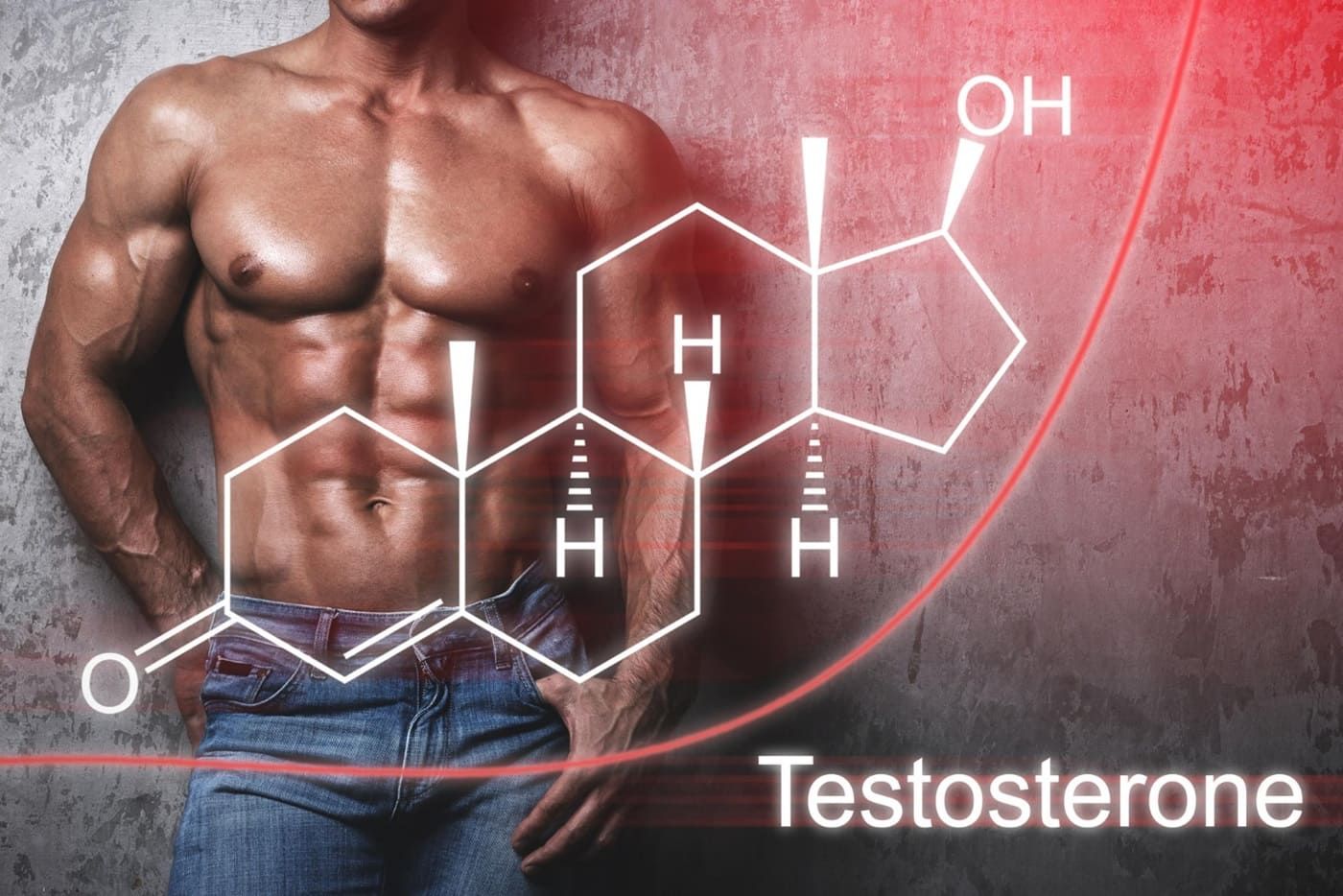
Potential Side Effects and Risks
As with any medical treatment, testosterone therapy carries some potential side effects. It's best to discuss these with your doctor before starting treatment.
Common side effects may include acne, changes in mood, and fluid retention. It could also lead to increased red blood cell count. In rare cases, testosterone therapy may lead to more serious complications, such as prostate enlargement or aggravation of existing prostate cancer.
Your healthcare provider will carefully evaluate your medical history and monitor you for adverse effects throughout the treatment process.
Integrative Approaches to Hormone Optimization
While testosterone therapy can be highly effective, it's helpful to consider a holistic approach to hormone optimization. Integrative medicine and lifestyle changes can play a significant role in supporting hormone balance and overall well-being. Here are some additional strategies to enhance the benefits of testosterone therapy:
Maintain a Healthy Diet
A balanced diet that includes adequate protein, healthy fats, and a variety of fruits and vegetables can support hormone production and overall health. Your internal health is the foundation for your overall well-being.
Exercise Regularly
Engaging in regular physical activity like strength training, yoga, and cardiovascular exercise can help to increase testosterone levels. It'll also improve your body composition.
Manage Stress Levels
Chronic stress negatively impacts hormone balance. Incorporate stress-management techniques such as meditation, deep breathing exercises, and finding time for relaxation and self-care. Remember, your body and mind are connected, and each one affects the other.
Get Quality Sleep
Prioritize sleep hygiene and aim for seven to eight hours of quality sleep each night. Sufficient sleep is essential for hormone regulation and your entire well-being.
Consider Medical Weight Loss
Excess weight, especially abdominal fat, can contribute to hormonal imbalances. Medical weight loss programs tailored to your specific needs can support hormone optimization and your health overall.
Improve Your Life Through Testosterone Therapy
Testosterone therapy can be life-changing for men experiencing low testosterone. With ongoing commitment, hormone replacement therapy will help you reclaim your vitality and live your best life. So, if you're looking for a reliable clinic, we're it.
At Pure Health & Hormone Center, our goal is to transform your condition. We use the latest technologies and evidence-based therapies to get the job done. You can rest assured that your treatment will be handled by experienced professionals who'll be there for you before and after testosterone therapy.
If you'd like to learn more, call 813-333-5335, or book an appointment online!
